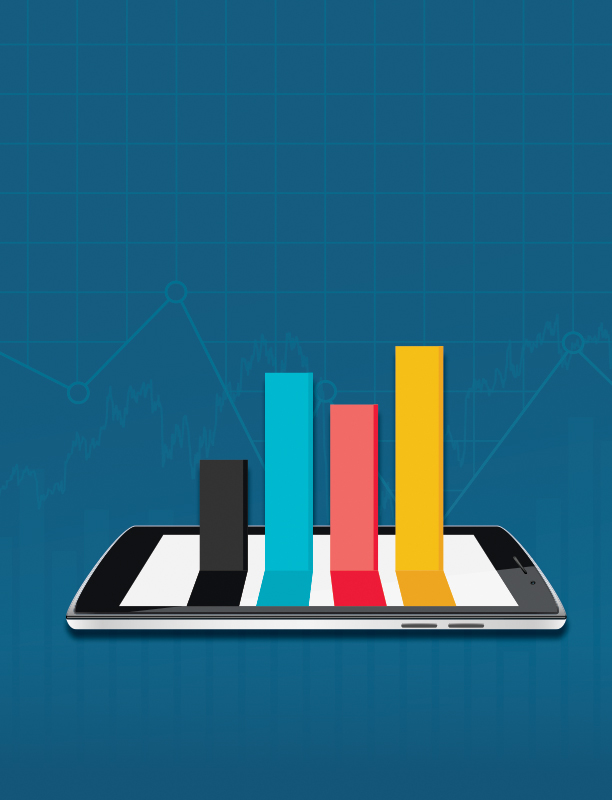
By Jennifer Robinson
Before we knew about fictional cyborgs by the name of Darth Vader, Terminator, or RoboCop, there was the granddaddy of technological marvels on our television screens: Steve Austin. In the Six Million Dollar Man television series, Austin was an astronaut (what could be cooler in the year 1973?) who had been injured in the crash of an experimental aircraft.
During the series, when U.S. government official Oscar Goldman received news of the crash, he—without hesitation—replied, “We can rebuild him. We have the technology. We can make him better than he was. Better, stronger, faster.”
How could Goldman be so bold? He didn’t even stop to think about his proclamation. Why? Because he had been waiting for this day to arrive. He knew he had the technology and now, it was just a matter of finding the right subject on which to use it.
The bionic implants enhanced Austin’s strength, speed, and vision. He became better, stronger, faster, and America loved him—so much so that, in 1978, a bionic woman was created. Girls across America cheered.
Today, we are in Goldman’s shoes in real life. Our communities are coming out of a recession. Not severely injured, but many are crippled or at least challenged by growing expenditures that can’t be met with stagnant or diminishing revenues.
Like Goldman, we know we have the technology to create better, stronger, faster local governments and make them better than they were. How? By using technology referred to as analytics.
Data Collection
While budgets may be constrained and staffs stretched thin, there is one resource in which local governments are wealthy: data. Cities, towns, and counties have been collecting data for years.
Police reports tell us which apartment buildings receive the most officer visits. Testing data reveals the schools that perform the best. Case workers document the children that have been placed in foster care.
To add to all of the data being entered and stored manually, new technologies are rapidly contributing to our databases. The automation of objects that collect data and communicate with other devices through the Internet has created the Internet of Things (IoT).
IoT is a network of everyday, once-inert objects that now share information and complete tasks. Automated water meters, traffic signals, and sensors on electrical devices all collect and communicate data.
You might not have any idea how much water is consumed at 6 a.m. when you take a shower, but your water meter knows. By the time you arrive at work, that data has been logged into your community’s water meter database.
Strength in Facts
All of this data collection can add up to a management challenge that some people refer to as Big Data. What is Big Data?
You have Big Data when you have collected more information than you can reasonably sift through. You have Big Data when you know there is information in your data, but you don’t know exactly where it is or how to use it.
Data is facts and figures. Without context, these numbers, addresses, names, amounts, or dates mean nothing. Without context, your data does not inform you and, therefore, it is not information.
Data becomes information when it is merged with other data, put into context, and analyzed. Once your data is harnessed, it becomes an asset.
Like Steve Austin, local governments have the material needed to become bigger, stronger, faster. Now, add technology. But how? Most organizations find that using data is easier once they have integrated or merged their databases. Pulling data together enhances your ability to compare data and find correlations.
Once data is integrated, it is ready to have analytics applied. Analytics is more than just a serious noun that can be used to impress friends at dinner parties. Analytics is the use of statistics, forecasting, and business logic to find insightful information so that your local government can make the right decisions at the right time. Since not all data is useful, the trick is to cull through all of this Big Data to find the information that reveals correlations. This is the “aha!”
When you identify the right data and find correlations between it and other data, you put the data into context and get useful revelations, perhaps in the form of surprising and previously unknown facts. You might find yourself saying things like, “Aha! When students receive these services, they perform better.” Or, “Aha! When permits are issued in this way, customers are happier,” and “Aha! When officers respond to a situation with this approach, more cases are closed.”
Through the use of analytics, your community can gain insight into how it is operating. Better yet, analytics can provide forecasts that help managers anticipate the opportunities of making changes to their organization.
Excellence
An excellent first step in using analytics is to put your existing performance data to work. If analyzed, your organization’s performance data will be a treasure trove for identifying opportunities to innovate. It is a relatively easy to use software program that provides for collection, comparison, and analysis of performance measurements.
These tools allow a local government to compare itself to other jurisdictions using generally collected data. The findings that the performance measurements reveal guide an organization to making operational and service improvements.
We’re in an exciting age of cyborgs, the Internet of Things, Big Data, and Analytics. Let’s use the technology available to us to be more knowledgeable, more intelligent, more nimble, more responsive, and more fiscally responsible. In other words, let’s be like Steve Austin: better, stronger, faster.
New, Reduced Membership Dues
A new, reduced dues rate is available for CAOs/ACAOs, along with additional discounts for those in smaller communities, has been implemented. Learn more and be sure to join or renew today!
